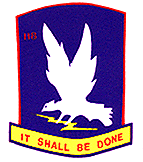 |
|

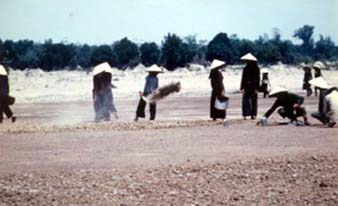
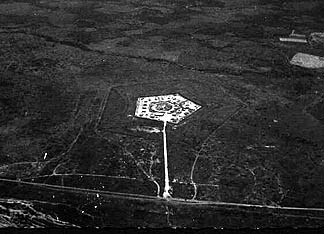 By now the elements
of the VC 9th Div(70th, 271st and 272nd VC Regts) and the 101st
NVA Regt were involved and deploying to attack the Special Forces
camp at Sui Da. Aviation elements involved were the 145th CAB,
A & B Companies of the 25th Aviation Battalion, elements of
the 11th CAB(116th AHC) and the 175th AHC which was part of the
13th CAB.
By now the elements
of the VC 9th Div(70th, 271st and 272nd VC Regts) and the 101st
NVA Regt were involved and deploying to attack the Special Forces
camp at Sui Da. Aviation elements involved were the 145th CAB,
A & B Companies of the 25th Aviation Battalion, elements of
the 11th CAB(116th AHC) and the 175th AHC which was part of the
13th CAB.

| 'The 145th CAB Forward Command Post at Tay Ninh(West) Airfield became operational at 13:30 hrs. on 11 Nov 1966. The mission of the 145th CAB was to provide C & C, troop carriers, armed helicopters, Pathfinders and rapid refueling support to the 25th Inf. Div(which had assumed command of Operation Attleboro) from 11 to 24 Nov 1966. |
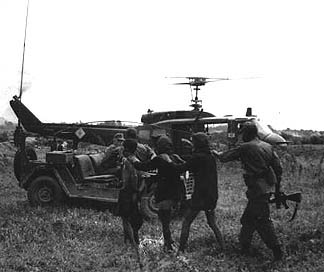
|
|
|
|
From |
|
|
# Aircraft |
|
sorties |
|
|
|
2/14/25th |
|
|
|
26-UH1D |
|
|
|
|
|
|
|
|
|
|
|
|
|
|
|
|
|
|
|
|
|
|
|
|
|
|
20-UH1D | 15 |
|
|
|
|
|
|
|
|
|
|
|
| 22 Nov |
|
|
|
|
|
|
|
|
|
|
|
|
|
|
|
|
|
|
|
|
|
|
|
|
|
|
|
|
|
|
|
|
|
|
|
|
|
|
|
|
|
|
|
26-UH1D |
|
|
|
|
|
|
|
|
|
|
|
|
|
|
|
|
|
|
|
|
|
|
|
|
|
|
|
|
|
|
|
|
|
|
|
|
|
|
|
|
|
|
|
|
|
|
|
|
|
|
|
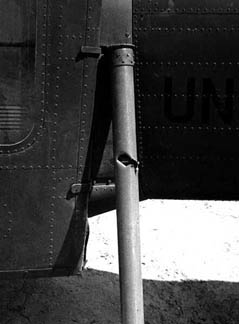 Not wanting
to give away their positions, there was little ground fire at
the helicopters. There was apparently very few anti-aircraft weapons
employed by the NVA and VC units and only 30 cal. weapons were
used to inflict single shot damage to the aircraft.
Not wanting
to give away their positions, there was little ground fire at
the helicopters. There was apparently very few anti-aircraft weapons
employed by the NVA and VC units and only 30 cal. weapons were
used to inflict single shot damage to the aircraft.| "In support of "Operation Attleboro", elements controlled by the 145th Combat Aviation Battalion flew 1334 hours and 5857 combat sorties with 9,105 troops being lifted. 13 aircraft took hits, however non had to be recovered." |
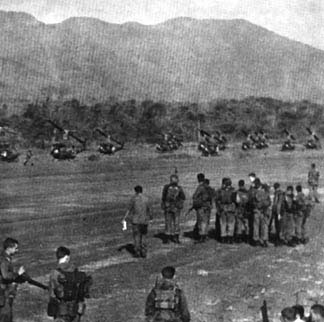
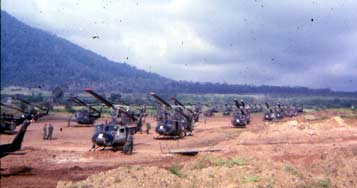 |
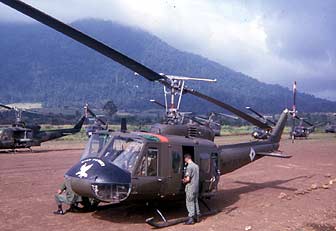 |
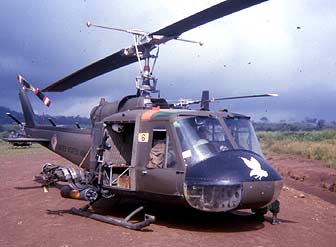 |
|
|
|
|
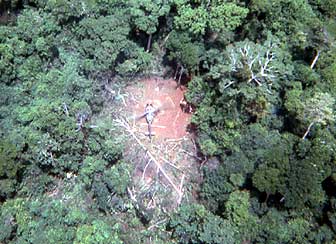 |
 |



